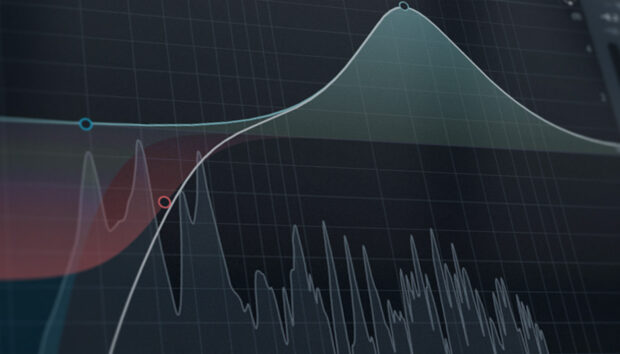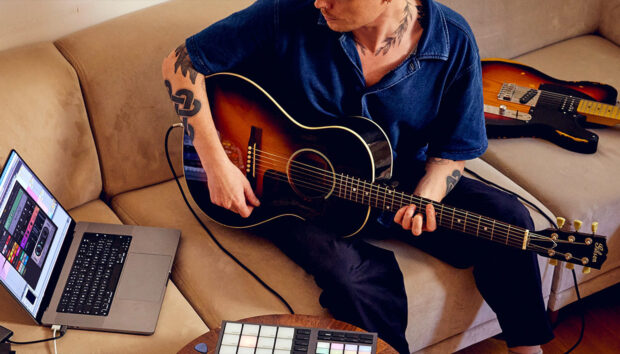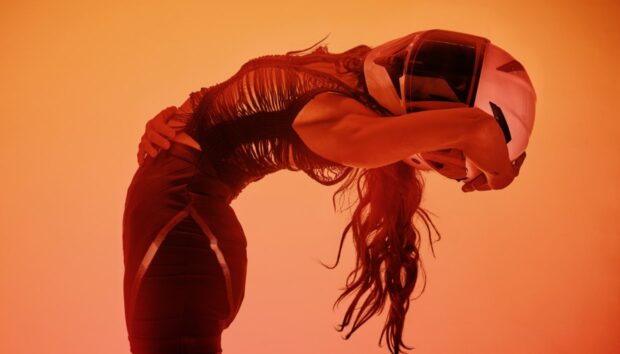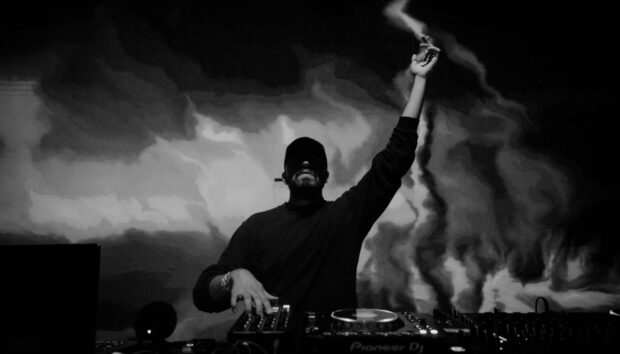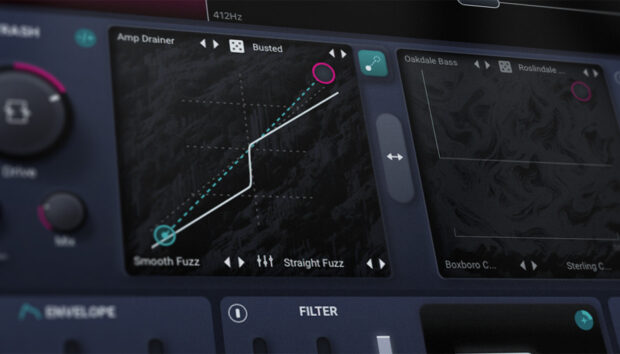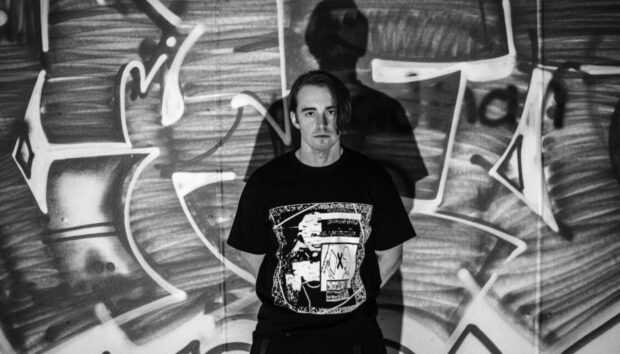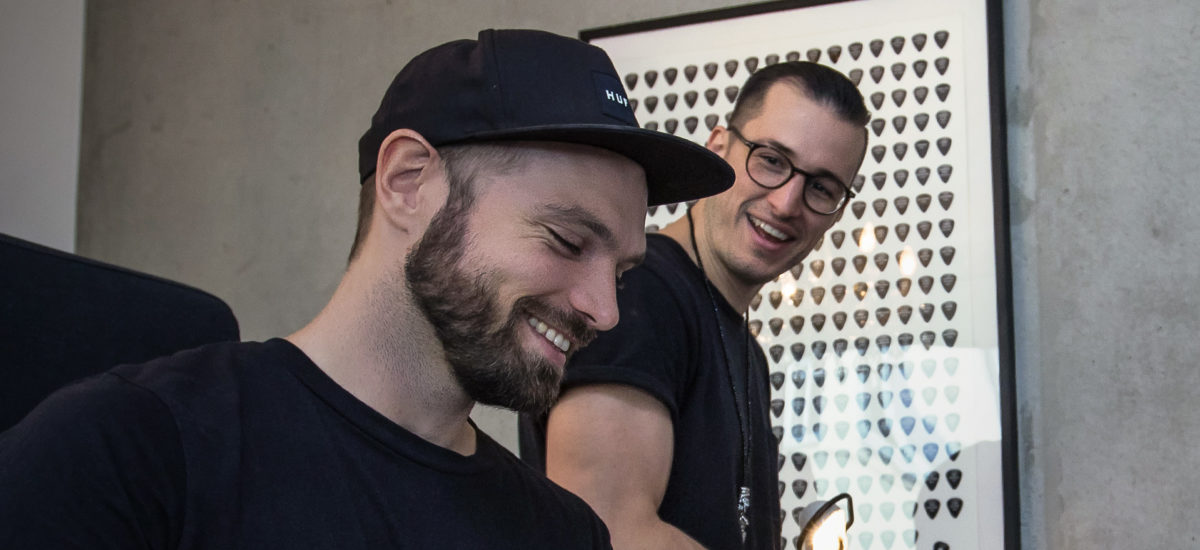
Berlin producers Florian Kruse and Justin Massei originally met at Amsterdam Dance Event (ADE), and with shared interests and a similar outlook on music they soon became fast friends. Both artists also have featured tracks in MetaPop’s official #RemixBerlin remix competition — “Navigator” and “Sideways Eight” respectively. As such, Native Instruments spoke to the Berliners to find out how each of the artists approached their original productions, and asked for their advice on how to produce the best remixes.
What’s the original inspiration behind your tracks for the contest?
Florian Kruse: I was inspired by the music I was playing in my sets. I started to work on “Navigator” right after a full weekend of gigs and was trying to keep the momentum alive and bring it into my music.
Justin Massei: The inspiration began when I found this old, trippy spoken-word sample. I immediately knew it was something I could work with. I had also recently acquired my first hardware synth, a Moog Sub 37, and the KNAS Moisturizer, which is a spring reverb unit with exposed springs, filter, and LFO, so you can get really creative with it. It is always inspiring to have new gear or plugs to play with: even just switching up your normal workflow helps to spark some creativity.
Technically speaking, how did you sketch it out? What tools did you use – in a DAW or using analog? What VSTs, effects, and ensembles were used? How did it differ from other productions? Was there something specific about the mastering process?
FK: I started with a beat and working in a short cycle in Logic Pro X, collecting elements to create a strong groove. After I had that set up, I started working on the ARP and after that I played the bass line. I started doing the arrangement and when the playback was 50% finished I sent it to my friend Brolin. He did the vocals and I was like, “Wow, this sounds amazing.” It was kind of easy to finish off the production with his elements on top of what I had already worked on.
For the beats I was using the Roland TR-8 combined with Native Instruments Battery 4. That’s how usually start to jam on a new rhythm. I was sampling the bass drum from another track that I liked a lot, which I knew sounded massive in the club. I put another one from my sample library on top and created my own bass drum out of the two with some EQs and compression. The bass sound is from the Diva, and the ARP I made with Logic’s internal Alchemy synth. The little melody is done with the Retro synth of Native Instruments Kontakt. I love to use Valhalla for my reverbs as well as Native Instruments RC 24 and 48. For delays I mainly work with Waves H-Delay, with the PSP-85 and Native Instruments Replika XT which is my new weapon for special delays. For the mixing part I mainly use Waves, or Universal Audio plug-ins from my Apollo Twin sound card: Oxide Tape, Pultec EQ, Neve Channel Strips, and the API EQs just to name a few of my favourites.
Working with a singer always makes a difference. The track can easily go into a completely different direction when the vocals arrive. When another artist is involved with the vision of the track, it becomes special to me. In this case it worked out very well and Brolin and I were on the same page. There’s a video of how I mixed this track together with Einmusik in his amazing studio here in Berlin. We were using loads of his analog preamps, EQs, and compressors to give the track an analog touch. I normally mix my own tracks but this time I was curious to hear the difference and was happy that Einmusik took the time to navigate me through the mixing in his studio.
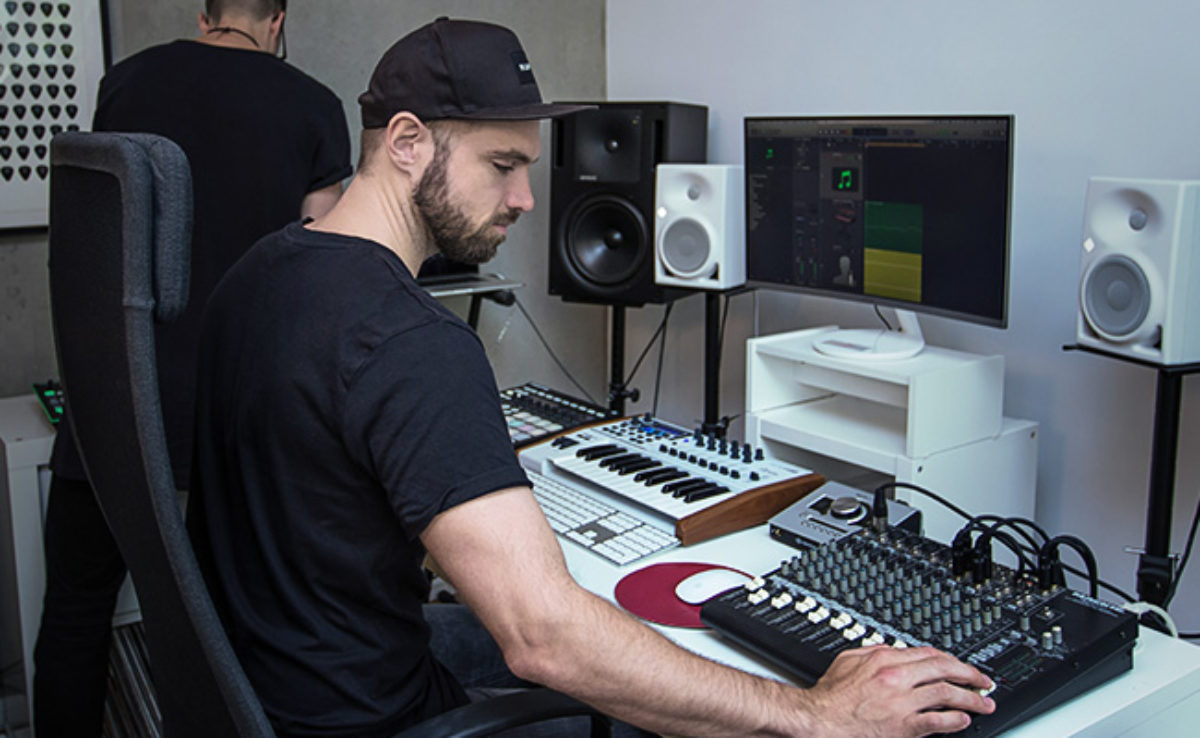
JM: I made “Sideways Eight” a while ago, so I can’t remember my exact step-by-step process. Unfortunately, melodies don’t just come to me in the night, so my process is to get a groove going and start layering ideas until the direction starts to show itself. I work in Logic, with a mix of analog and digital tools. Almost every track begins in Maschine with Goldbaby drum samples. All of the darker synth and pad sounds, the big bass hit on the drop, and that white noise effect right before the drops were all done on the Moog Sub 37, going through the KNAS Moisturizer and Boss RE-20 Space Echo. I think this was my first or second track with the Moog, so I hadn’t even worked out how to clock it or send MIDI – everything was played live and recorded. On the digital side, the bed ARP and the lead synth in the breakdown were done with Sylenth. Say what you want, but it’s my go-to synth plug. I know it inside out and can get results fast. Kontakt is also a beast, with so much potential once you learn your way around it. As far as effects and processing, I am a big fan of Soundtoys, PSP, Fabfilter, and Waves. I did a quick DIY master to demo it, but Selador got the final mastering done professionally. In general, especially for new producers, I would worry less about mastering and more about the production skills and mixing of your music. This is where the biggest differences are made.
What are you looking for in a winning remix?
FK: Well, that’s something I can’t answer really. The remix can be everything from house to techno. It simply has to grab my attention and give me that “Wow” feeling. I have heard a few that touched me already.
JM: It is hard to say exactly, I bet hearing something I wasn’t expecting would catch me more. Generally speaking, production and attention to detail, creativity and groove. Genre doesn’t necessarily matter to me, but production value, class, and quality does.
What advice would you give to others about how to produce a remix?
FK: Just go with the flow and be yourself. Imagine there’s already a Dixon, there is a Joris Voorn or Hot Since 82. You’ve got no chance to step into their shoes by copying the sound. Be yourself and do the music that you like. I think that’s the best advice I can give not only for a remix but also for original productions.
JM: You’ve got to walk the line between showcasing your sound and style while keeping it somewhat recognizable to the original.
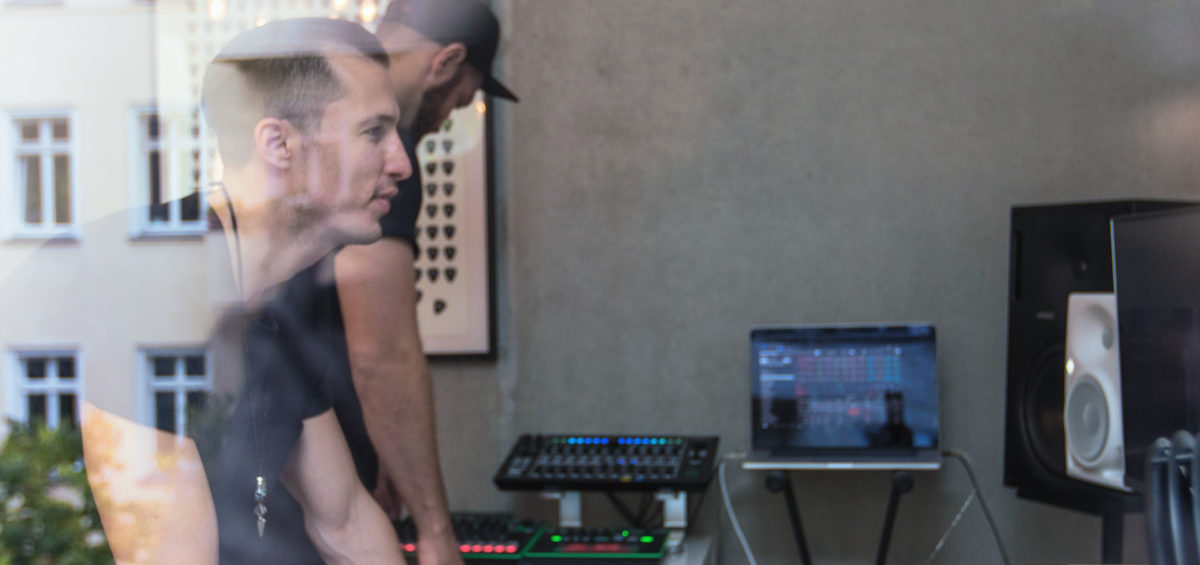
What’s next for you?
FK: “Navigator” was released on August 18, as there’s another EP on Dave Seaman’s Selador Records, a collaboration with Lazarusman called “The Proof Of Life.” Exciting times ahead.
JM: Release-wise, it’s been a busy couple of months with EPs and remixes out on Selador and Modern Day. Up next is a remix for La Fleur, out on Power Plant Records, with vocals from the infamous Lula, one of my favorite vocalists. I also curate the monthly party RITE:. at Chalet in Berlin and we have had an absolutely beautiful summer to date. There are some big plans moving forward and I’m excited for the next months.
Check out the competition entries over at MetaPop’s official #RemixBerlin remix competition page, also featuring like-minded Berlin-based luminaries Pan-Pot, Sasse, Gudrun Gut, and many more.
check out Florian Kruse’s latest Sounds pack for Sounds.com here.
photo credits: Yvonne Hartmann








